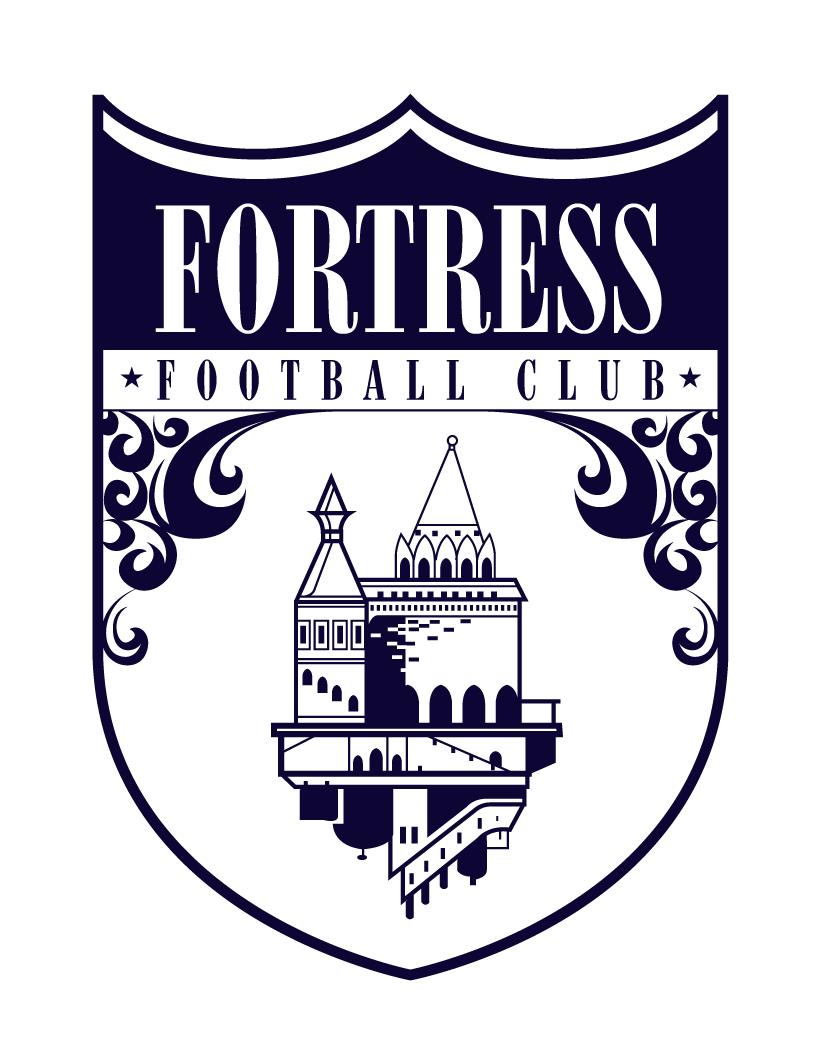Bowling Up
This concept is not new for us. As we move the ball forward and up the field, you’ll notice our defense pushing up to join the attack. You’ll also see our goalie pushing very high. There’s a few reasons for this and we’ll go into some detail with them.
Building out of the back is integral to our club philosophy because we get to dictate the pace of play, stretch the defense out, and find space to attack. As we move the ball from our defensive line into our midfield line, their attacking line will pressure (forwards, strikers, wingers). Our goal is to beat their attacking line so we can move the ball into our midfield line higher up the field. When done, we've left two or three of their players behind the ball, are in a better position, have disorganized part of their defensive structure, and have complete control of the ball. Win-win-win-win for us.
We have to realize something as we move the ball away from our goal and towards our opponent’s goal. The space we have to create with gets smaller. This is important. If we think we’re going to move the ball directly from our defensive line, to our midfield, to our attacking line, and then score a goal in a series of three to four passes, we’re mistaken. There are times when this happens and you can watch Liverpool’s counterattacks this season for the exception to this rule. But, that’s not our style. I would say at this age it can even form bad habits of just wanting to play the ball direct, meaning forward, every time we get it.
Now, this could be a longer discussion, and we want the boys to always look to go forward, to see if they can split the lines. As the ball pushes more forward however, the space tightens. So we need to persuade the defense to run out of position. Like a boxer setting up his opponent or a champion fisherman making his lure dance across the water, we need to do the same so our opponent "takes the bait". Bowling up, then, becomes extremely important.
If a midfielder receives the ball from his defender and the area is tight around him (opponent’s around him), he’s going to need help. He may need to pass the ball at an angle to another midfielder or even back to a supporting defender. If our defenders make runs and become open in space, this becomes easy for even a tightly marked midfielder to play a one or two touch ball towards his open defender. This is part of why we practice rondos. We’re constantly finding open teammates when we possess the ball and always moving into space. When we're off the ball and have the space, we call for the ball for a split or a sideways pass. I saw a lot of this during our past two games and have been very happy with it.
Bowling up has another advantage: defensive positioning. When we step up, we make what should be a comfortable situation, uncomfortable. If the opposing team wins the ball in their own third or in the middle of the field, we will have 11 guys (9 in the Spring) covering space that makes it very difficult to get out of. This makes it easier to win the ball back within 3-5 seconds of losing it, which is a goal of ours.
If you’re wondering why it’s called “bowling up”, notice the shape that’s kept through the back four. It looks like the arc when a bow is drawn and also the shape of a bowl. Either analogy works. We don’t sprint forward to lose our shape. We’re very aware of our defensive teammates and communicate with them while moving.
Skills to Practice at Home - 15 minutes
Trapping, Inside of the Foot - 5 minutes
Trapping, Outside of the Foot - 5 minutes
Outside, Outside, Inside - 5 minutes
See you tonight.
Michael

